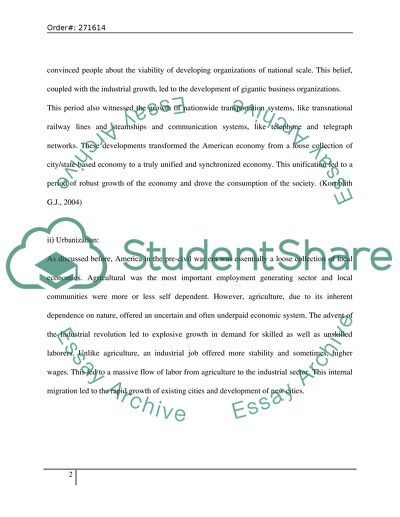Cite this document
(“Analysis the Current Economic Crisis Term Paper”, n.d.)
Analysis the Current Economic Crisis Term Paper. Retrieved from https://studentshare.org/macro-microeconomics/1522512-economic-crisis-essay
Analysis the Current Economic Crisis Term Paper. Retrieved from https://studentshare.org/macro-microeconomics/1522512-economic-crisis-essay
(Analysis the Current Economic Crisis Term Paper)
Analysis the Current Economic Crisis Term Paper. https://studentshare.org/macro-microeconomics/1522512-economic-crisis-essay.
Analysis the Current Economic Crisis Term Paper. https://studentshare.org/macro-microeconomics/1522512-economic-crisis-essay.
“Analysis the Current Economic Crisis Term Paper”, n.d. https://studentshare.org/macro-microeconomics/1522512-economic-crisis-essay.


